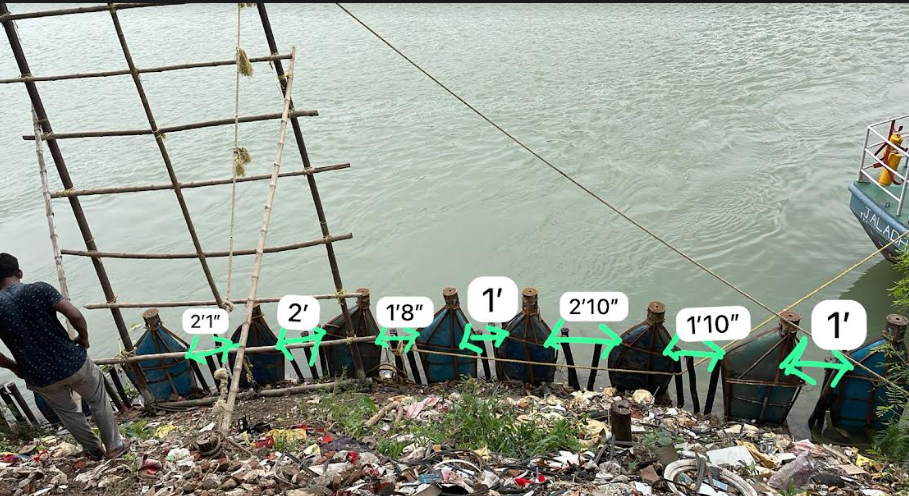
Kolkata, 13th June 2024: Wind turbines are devices that convert the kinetic energy of wind into electrical power. They are a cornerstone of renewable energy, significantly reducing greenhouse gas emissions and dependence on fossil fuels. By harnessing wind, we generate clean, sustainable energy that helps mitigate climate change.
Globally, wind turbines contribute a substantial portion of clean energy. They account for over 6% of the world’s electricity, a figure that continues to grow as technology advances and investments in renewable energy increase.
India has embraced wind energy as a vital component of its renewable energy strategy. The country boasts over 37 GW of installed wind capacity, making it the fourth-largest wind power producer in the world. This translates to thousands of wind turbines operating across the nation.
Wind turbines typically have a lifespan of 20-25 years. As they reach the end of their operational life, recycling them becomes crucial to ensure environmental sustainability. Components like steel and copper can be recycled, but fibreglass blades pose a significant challenge due to their composition.
Globally, innovative methods are being employed to recycle and upscale wind turbine blades. These include mechanical recycling, chemical recycling, and repurposing.
In India, wind turbine blades are generally composed of fibreglass, which is notoriously difficult to recycle. They are typically constructed with multiple layers, often making them hollow with internal structures for strength, rather than being solid.
At iLEAD Institute Kolkata, our “Waste to Wealth” initiative focuses on environmental sustainability and fostering entrepreneurship. We encourage the creation of upcycled products from waste materials, turning potential environmental hazards into valuable resources.
Innovative Use of Fibreglass Wind Turbine Blades
Our team has successfully repurposed discarded fibreglass wind turbine blades. Given that fibreglass cannot be easily destroyed or recycled, we found a unique application: reinforcing embankments. In India, many rivers and water bodies flood, damaging crops and villages. We have used wind turbine blades as barriers to strengthen embankments in flood-prone areas like Murshidabad and the Sunderbans.
Advantages of Using Fibreglass Blades for Embankments
· Durability: Fibreglass is incredibly strong and resistant to corrosion, making it an ideal material for flood barriers.
· Cost-Effectiveness: Repurposing blades reduces waste and provides a cost-effective solution for flood management.
· Environmental Impact: Utilizing existing materials helps reduce the carbon footprint associated with producing new materials.
We have also applied for a patent for this innovative use, highlighting the potential for discarded materials to be transformed into valuable resources.
The importance of reducing consumption, reusing resources, and recycling waste cannot be overstated. By rethinking our perception of waste as an untapped resource, we unlock the potential for novel and inventive solutions to environmental challenges.
